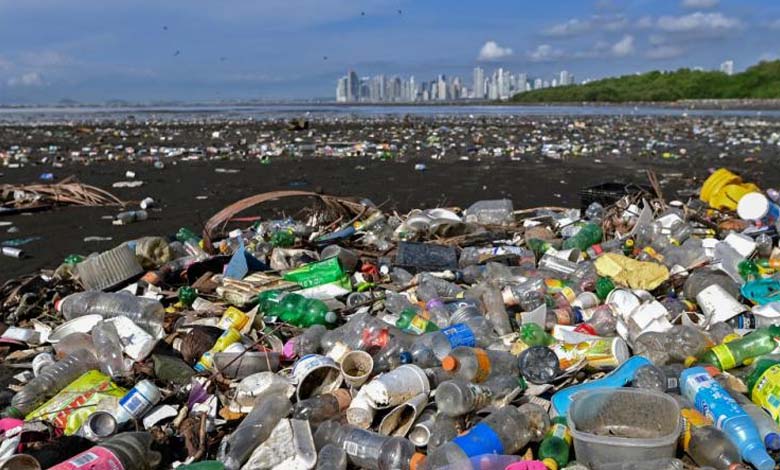Americans Losing Confidence in Recycling to Save the Environment

Over the past few decades, the concept of recycling has waned in the United States. While the vast majority of Americans still believe that recycling is positive for the environment, an increasing number of them are losing confidence in the effectiveness of recycling programs, particularly criticizing plastic recycling for its failure to address a critical mass of materials.
However, plastic is not the only issue. With the evolution of e-commerce habits and the rise in parcel deliveries, paper and cardboard recycling in the United States is struggling to keep up. A recent study by the U.S. Department of Energy’s National Renewable Energy Laboratory found that out of 110 million tons of paper and cardboard waste managed in 2019, about 62 million tons (56%) ended up in landfills.
Researchers estimated the market value of all this paper and cardboard waste at $4 billion, in addition to another $4 billion in associated landfill fees. According to the study, the estimated energy loss (burning paper and cardboard to generate energy) equals 4% of primary industrial energy consumption nationwide. Paper and cardboard accounted for 26% of all municipal solid waste in the United States in 2019.
The National Renewable Energy Laboratory concluded that only about 38% of corrugated cardboard is actually recycled. In its 2024 Recycling Status Report, the Recycling Partnership, a non-profit organization working with companies to improve recycling systems in the United States, found that only 21% of all recyclable materials are actually recycled each year, including 32% of cardboard.
The American Forest & Paper Association claims that 93% of corrugated cardboard was recycled in 2023, but Scott Mou, lead researcher at the Recycling Partnership, says this number is driven by commercial efforts. Mou adds, “Commercial and industrial recovery of cardboard is one of the greatest success stories in recycling in the country.” However, when we do the calculations and conduct an analysis, we see that residential cardboard recycling is different from commercial recycling and leads to a decrease in the overall recycling rate.
The gap in residential cardboard recycling widens with the increase in e-commerce sales. Anelia Milbrandt, lead researcher at the National Renewable Energy Laboratory, says, “E-commerce has thrived over the past two years, so it’s not surprising that we’re getting all these imported goods in boxes and the actual product in a box.” The pandemic has reinforced this trend, with online sales jumping by 4% in the second quarter of 2020 and now accounting for 15% of all retail sales, according to the U.S. Census Bureau.
However, e-commerce is not the only reason, as many Americans lack sufficient access to recycling programs. According to the Recycling Partnership report, only 37% of multi-family households in the United States can recycle at home, which is crucial along with local laws to promote recycling. The report indicates that when families can recycle, cardboard tends to be the first material recycled, with 81% of materials recycled.












